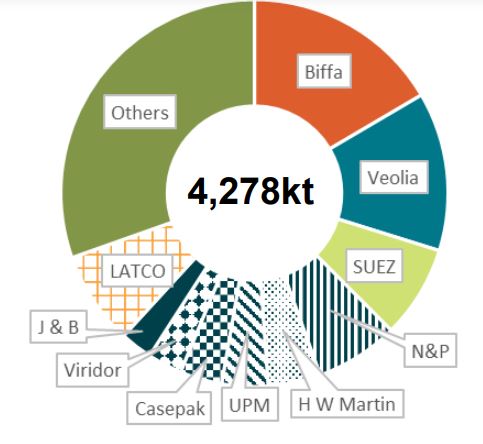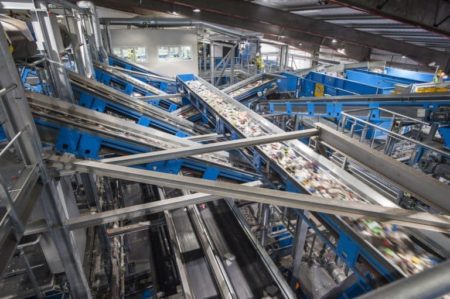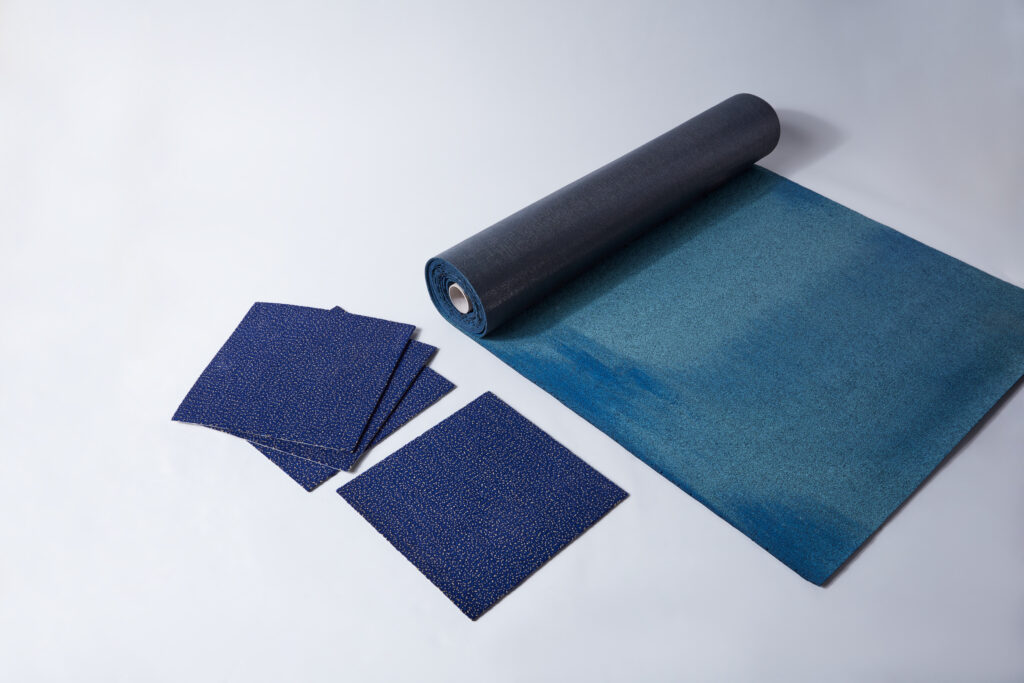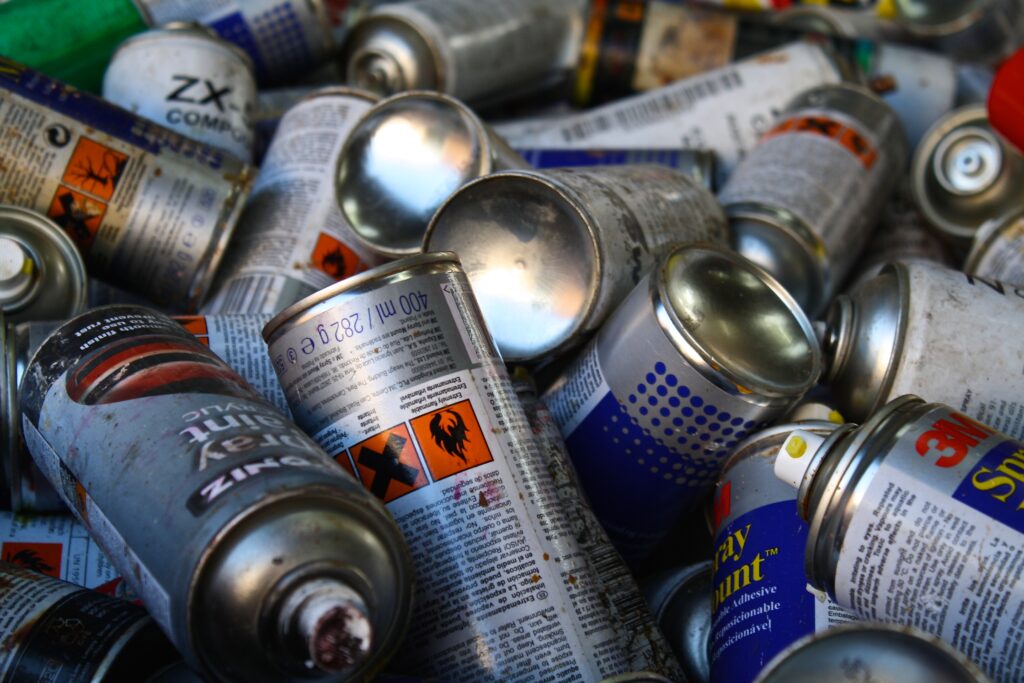The volume figures come as the Department for Environment, Food and Rural Affairs is promising to release its proposals on consistent collections which had been expected to generally favour kerbside sort rather than the use of materials recycling facilities.
However, latest publicity from Defra around preventing ‘wishcycling’ is seen by some in the sector as marking a stronger acceptance by ministers of the place of MRFs and commingling in the future.
Significant
Today’s report on MRFs was produced by consultants Monksleigh. Director Andy Olie told letsrecycle.com that what stood out for him from the study’s findings “is that MRFs are delivering a very significant amount of dry recycling as well as accounting for 35% of the PRNs issued. So they are playing a significant role.”
Mr Olie said that under the consistency plans, “the reality is that some councils will transition to kerbside sorting but others will meet the TEEP criteria and stay as they are. We do believe that MRFs are likely to benefit from greater size and scale and they will be handling more materials. The sector will need a lot of replacements and updating and the greatest risk posed by consistency will be around plastic film. This materials remains a difficult issue for MRFs and if it can be collected separately in some form this will be easier.”
DRS

The report, MRF Market Overview, predicts that the MRF market will grow by 500,000 tonnes over the next seven years despite a likely loss of DRS materials, which will be compensated for by collection of other materials under the consistency proposals.
Outputs of MRFs on an annual basis are estimated at: 1,389,000 tonnes of paper; 952,000 tonnes of glass; 516,000 tonnes of plastic; and 234,000 tonnes of metal.
Operators
In terms of operators, Biffa has the largest share of the MRF market, boosted by its acquisition of several Viridor MRFs, according to Monksleigh. Biffa has 18% of tonnage, and is followed by Suez at 11% and Veolia with 10%. Single site operators make up 38% of the market. The single largest site is the Crayford MRF obtained by N+P from Viridor.
Contamination
On contamination, the report says that the average residual/non-recyclable tonnage is 11.4% but this is skewed considerably by several readings with contamination levels at 30% or more.
And, the authors point out that the non-target material, whilst recyclable, may or may not be recycled, and therefore may be included by some commentators as additional contamination.
They note: “The data suggests that there is no direct correlation between high ‘contamination’ and either commercial or local authority delivered materials. Monksleigh’s previous work in 2015 focused on large and extra-large MRFs and suggested contamination rates of between 8% and 26%. This is not unreasonable in the overall ranges above but the sampling, which is more intense at the larger sites, suggests that most current contamination levels are at the lower end of this earlier work.”
Further information
The MRF report is available from Monksleigh
MRFs and Markets Conference 2023
This year’s MRF and markets conference will be held at a venue in the Midlands on 2 November. It will look at the impact of legislation on how MRFs will develop in coming years and also include sessions discussing material markets and technology. For more details and to secure tickets, click HERE.













Subscribe for free